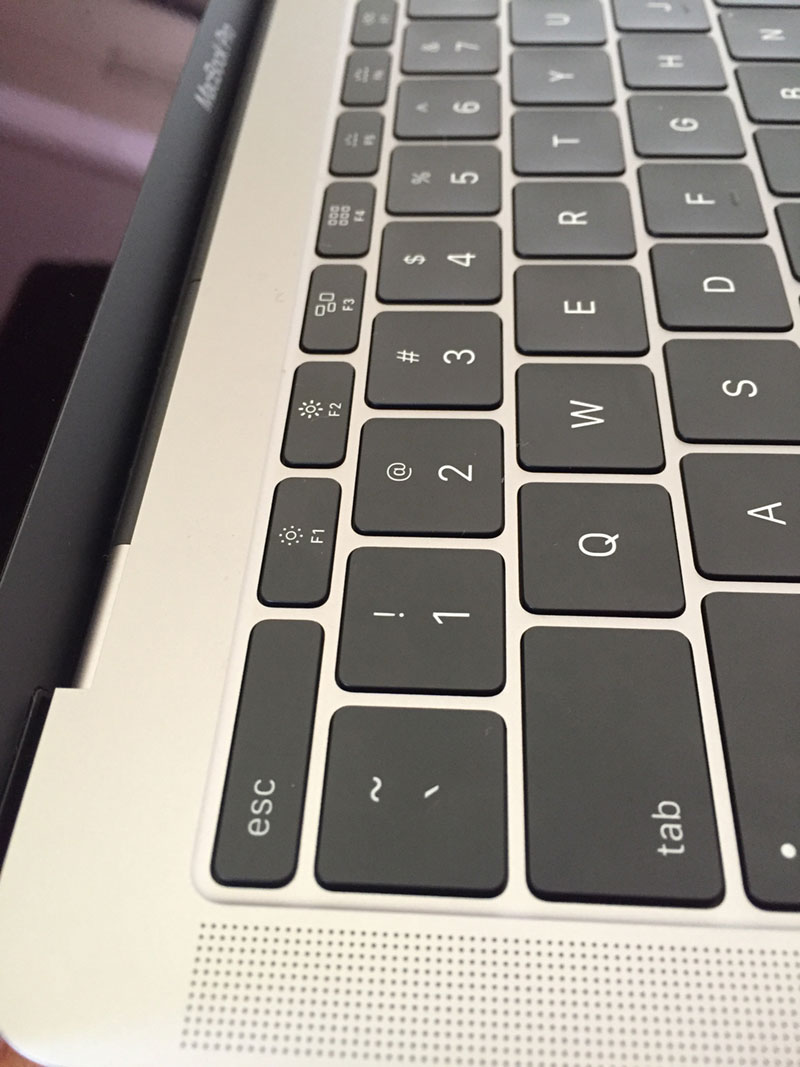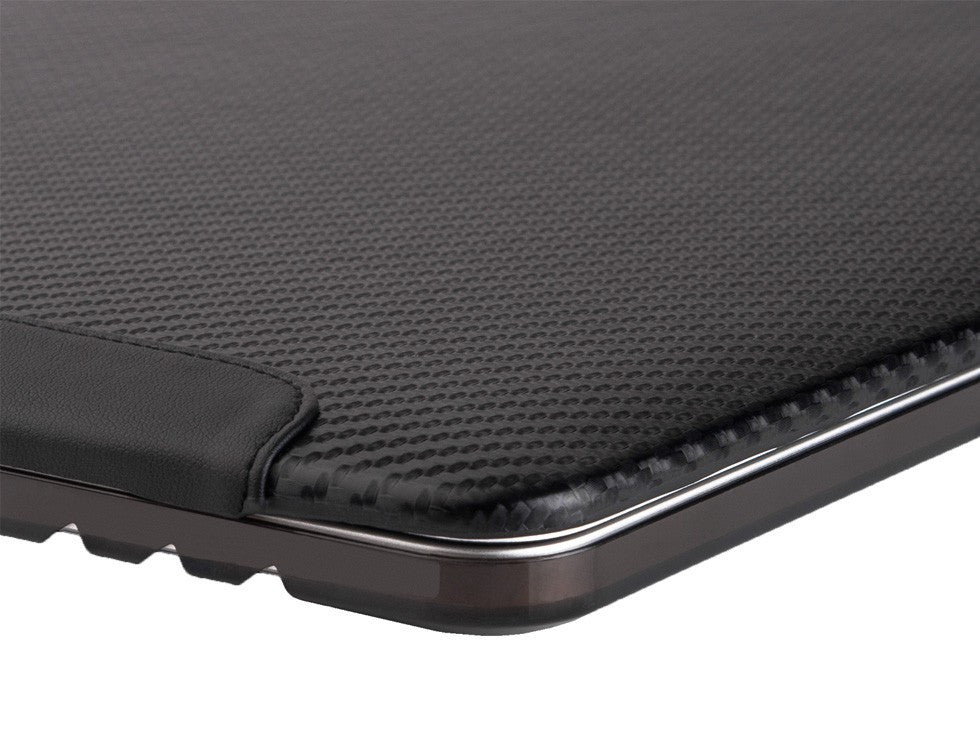

Even though Apple likes to say that it doesn’t compete on specs to hit the performance levels that its users demand, upgrading to at least an 8th-gen processor (or perhaps a 10th-gen chip!) will make the entry-level 13-inch MacBook Pro look more competitive on paper against competing Windows notebooks and other laptops in Apple’s MacBook range.
HOW TO BUY A MACBOOK PRO WITH NO TOUCH BAR PC
And though it’s in a different class, even Apple’s MacBook Air, which starts at $1,199, benefits from an 8th-generation Y-series Intel processor.Īpple’s more expensive configurations of the 15-inch MacBook Pro even ship with 9th-generation Intel chipsets, which the company claims to deliver twice the performance of prior models in some tests with eight cores of processing power. And with Intel having announced 10th-generation Ice Lake processors that will be landing on PC notebooks soon, the 7th-generation processor is starting to feel dated. For comparison, the more advanced 13-inch model with Touch Bar starts at $1,799 and ships with an 8th-generation 2.4GHz quad-core Core i5 processor, making it a more capable multitasking machine.

After all, not everyone needs or prefers a Touch Bar, and choosing a MacBook Pro without one shouldn’t mean you have to compromise on performance to hit the right wallet-friendly price.Ĭurrent models without a Touch Bar start at $1,299, and at that price you’re getting a 7th-generation 2.3GHz dual-core Core i5 processor. Without having received any upgrades since 2017, Apple’s MacBook Pro without Touch Bar is starting to feel stale against more capable competitors, and an updated processor will go a long way in keeping the most inexpensive member of Apple’s Pro notebook family appealing to users. Hopefully, the changes introduced on Apple’s improved third-generation key switch design will make its way to the new Touch Bar-less MacBook Pro when it launches later this year.

The change in materials should help improve the durability of the keyboard design and prevent key failure in the event dust gets trapped underneath the key caps. Confusingly, when Apple introduced its refreshed MacBook Pro with Touch Bar earlier in 2019, it updated some of the materials used in the switch mechanism but kept the third-generation keyboard label intact. Over time, Apple has experimented further with the underlying key mechanisms, and it introduced a protective membrane layer that helped keep debris away from the delicate butterfly key switches with its third-generation keyboard design.

This prompted Apple to extend its keyboard warranty program. People complained that the keys can either be unresponsive or get sticky, and repairs were often expensive. Dust and debris that get trapped underneath the key caps can render the keyboard inoperable. The new butterfly switch mechanism keys were prone to failure. Since the MacBook launched, that keyboard has been adopted across Apple’s notebook range, and it is now seen on the MacBook Air as well as the MacBook Pro. When Apple initially launched the MacBook, it heavily promoted its entirely re-designed keyboard mechanism as part of an effort in slimming down the overall thickness of the design. Here are some potential areas that Apple could improve with the new 13-inch MacBook Pro without Touch Bar in 2019: Improved keyboard This means that most of Apple’s efforts will be focused on the overall usability of the laptop rather than its design. According to the paperwork, the device has a 13-inch display with dimensions matching what is shipping on today’s 13-inch MacBook Pro sans Touch Bar, suggesting that little will change to the notebook’s exterior case. Fitbit Versa 3Īpple initially filed its documents for a device with model number A2159 with the regulatory agency back in February 2019, according to MacRumors, but the documents have since been pulled from the FCC’s website.


 0 kommentar(er)
0 kommentar(er)
